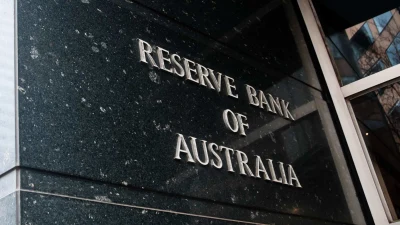Is ASIC more about revenue than regulation?



The Australian Securities and Investments Commission (ASIC) is doing a much better job of raising revenue that it is in pursuing its enforcement role, according to the Institute of Public Accountants (IPA).
IPA chief executive, Andrew Conway said there appeared to be a disconnect between the regulator’s ability to raise revenue for government coffers and its ability to do its actual job of regulation and information.
In doing so, Conway pointed to the fact that in 2016-17 ASIC raised $920 million for the Commonwealth in fees and charges, representing a five per cent increase over the previous year, and also received around $349 million in appropriation revenue.
He said ASIC’s expenses were $392.46 million, leaving a deficit of over $43.5 million.
“In other words, even though ASIC is making significant income for Government, it is not even able to cover its own costs from the budget it receives from government,” Conway said. “This also means that ASIC is raising substantially more revenue than its operation costs, which appears to go against the government’s own Charging Framework.”
“In order to justify the huge increase in proposed fees for industry the government would need to make the case that the genuine operational costs (as indicated by a fees-for-service model) are much higher than the current stated operational costs and this is simply not the case,” Conway said.
“If the aim of the game is revenue, it may explain why ASIC sought a proposed one-off fee increase from $107 to $3,429 for new auditors of self-managed superannuation funds (SMSFs), which we argued was exorbitant,” he said. “While the new proposed fee has been reduced to $1,927, it is still far too high and will only deter new entrants into the SMSF auditor market, which is already in decline.”
“Not only is ASIC overcharging, but the government is double-dipping. The ATO currently already collects $259 from each SMSF to finance the SMSF monitoring role the ATO conducts on behalf of ASIC. Whilst this levy was a mere $45 in 2008 it now equates to approximately $142.5M to monitor the sector including SMSF auditors,” he said.
“We have a much bigger concern if a new funding model is only focused on government revenue without equipping the corporate regulator to do its job adequately,” said Mr Conway.
Recommended for you
The Reserve Bank of Australia (RBA) has lowered rates to a level not seen since mid-2023.
Financial Services Minister Stephen Jones has shared further details on the second tranche of the Delivering Better Financial Outcomes reforms including modernising best interests duty and reforming Statements of Advice.
The Federal Court has found a company director guilty of operating unregistered managed investment schemes and carrying on a financial services business without holding an AFSL.
The Governance Institute has said ASIC’s governance arrangements are no longer “fit for purpose” in a time when financial markets are quickly innovating and cyber crime becomes a threat.











